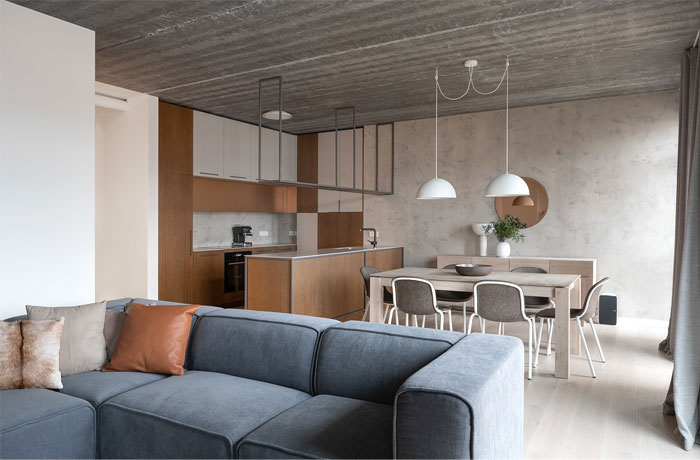
Photo: Nya BascomĪdditionally, Clarke says the style can be seen as a resistance to excess. This room by Ishka Designs doesn’t need more than a plant, a credenza, a lamp, and an artwork. And although this may be an accurate way to describe our contemporary understanding of minimalist house design, there is much more to it than just this. Spaces that fall within a minimalist design aesthetic are typically defined by clean lines, limited ornamentation, a neutral color scheme, and natural materials. The look is often seen as a close cousin to Scandinavian or Japanese interiors, where both cultures have long embraced a less-is-more ideology. Generally when discussing minimalist homes, people imagine clutter-free rooms with white walls and a lack of any unnecessary furnishing or decor.
#APARTMENT MINIMALIST DESIGN HOW TO#
In this guide from AD, learn everything you need to know about a minimalist interior design style, including its history, elements, and how to bring it into your home.

Though often imagined as an uncluttered room with a monochromatic color palette and a few pieces of furniture, minimalism encompasses much more than just a finished aesthetic, especially when you consider how different cultures honor the ethos in their spaces. “Minimalism is definitely a very global concept that spans from every different cultural aspect in the world,” says Niya Bascom, creative director at Ishka Designs, a full-service interior design firm based in Brooklyn.

Contrary to popular belief, minimalist interior design is not about living with as little as conceivably possible.


 0 kommentar(er)
0 kommentar(er)
